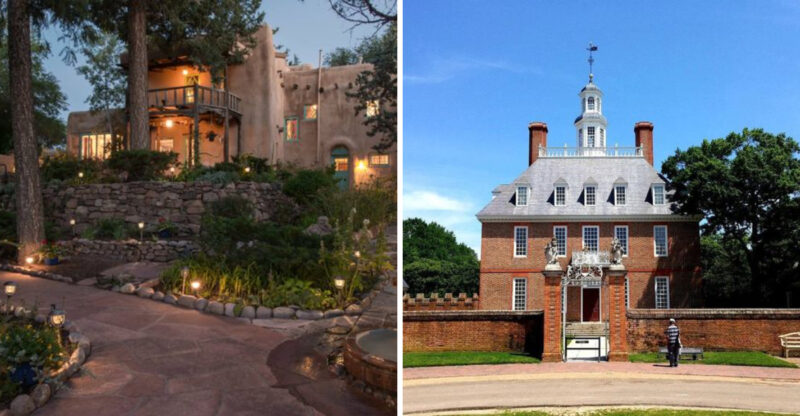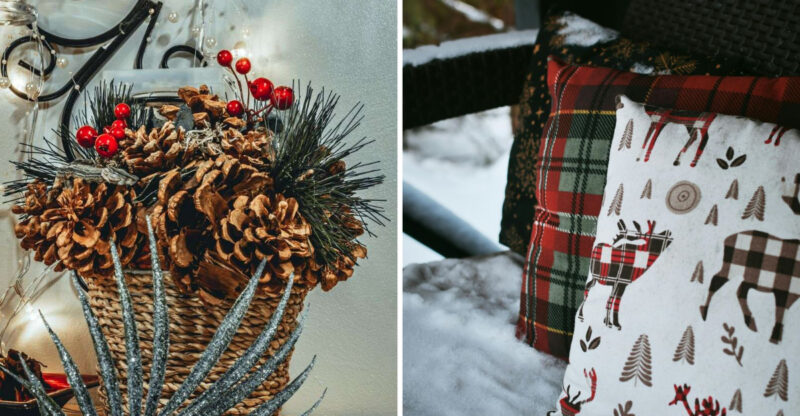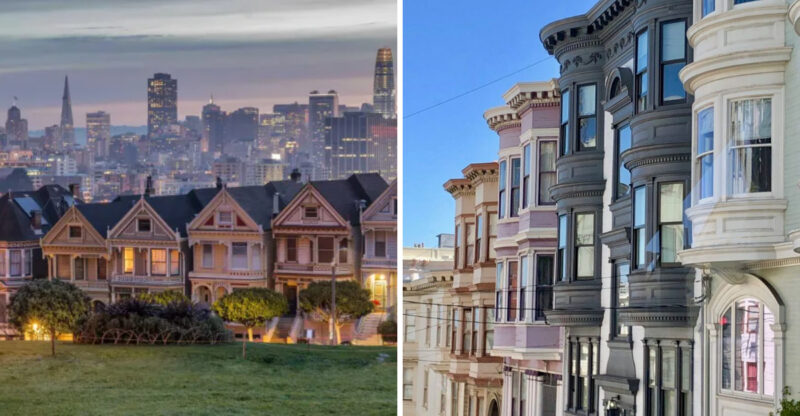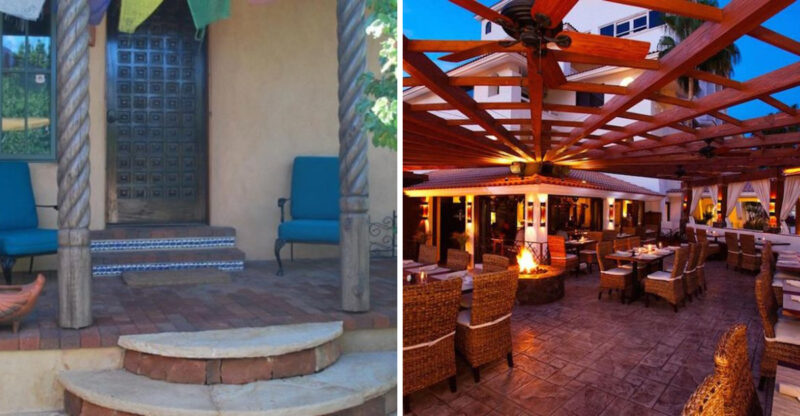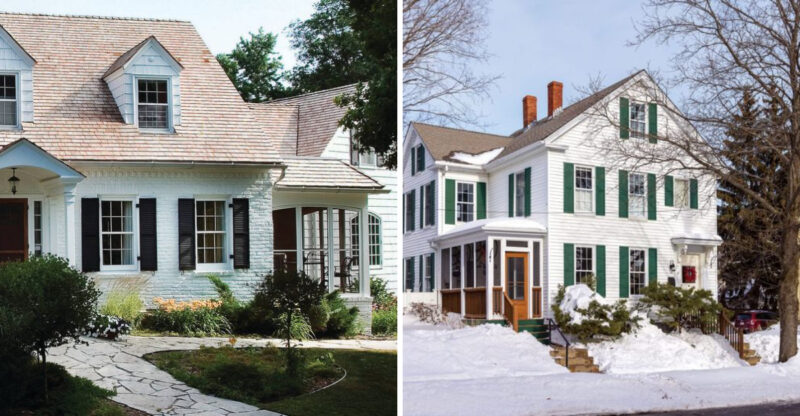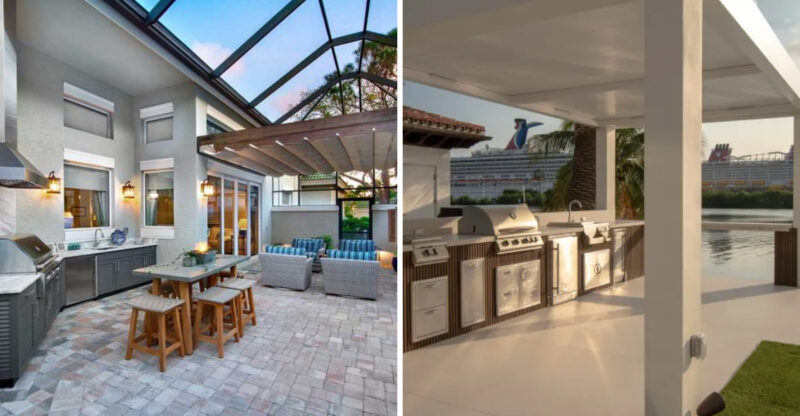12 Charleston Porch Railings That Define Southern Charm
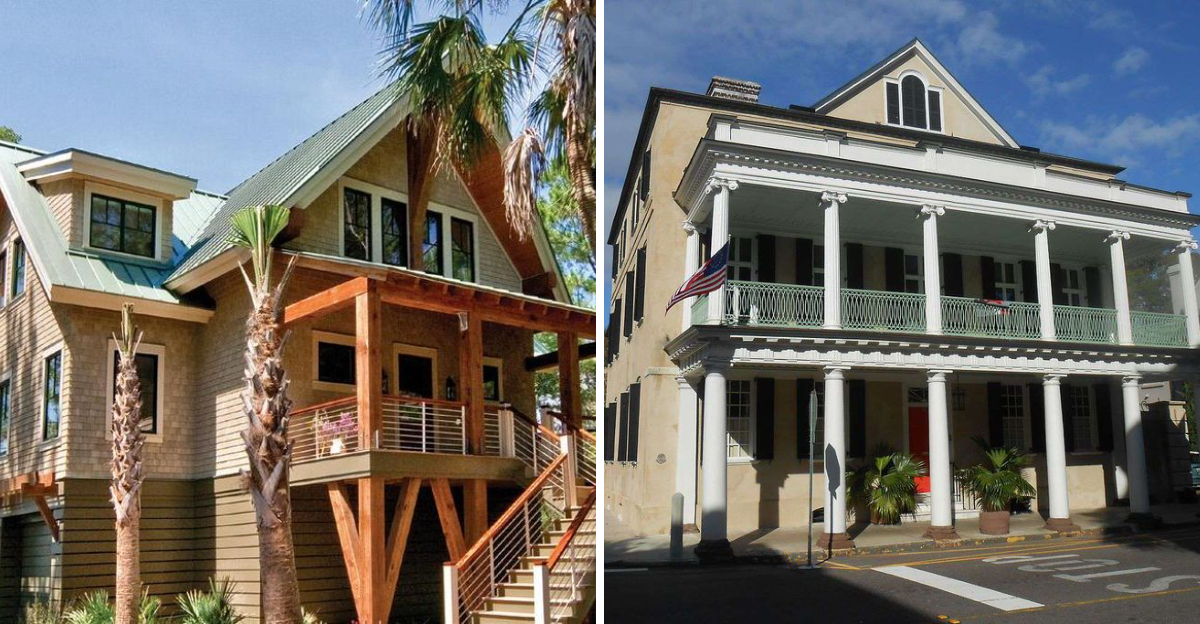
Walking through historic Charleston feels like stepping into a storybook of Southern architecture. The porches; or ‘piazzas’ as locals call them; aren’t just outdoor spaces; they’re where Charleston’s soul truly shines. I’ve spent years admiring these architectural gems, and nothing captures their essence quite like the railings that frame them. From intricate ironwork to classic wooden balusters, these 12 porch railings showcase why Charleston remains the undisputed queen of Southern curb appeal.
1. Wrought Iron Scrollwork Wonders
Nothing screams Charleston quite like those swooping, swirling ironwork patterns that look like they were drawn by an artist’s hand. I remember touching one on a humid summer evening and feeling two centuries of craftsmanship beneath my fingertips.
Blacksmiths still forge these beauties using techniques passed down through generations. The most distinctive feature? Those acanthus leaf motifs that seem to dance between the scrolls. My clients always gasp when I point out how no two patterns are exactly alike; each railing tells its own Charleston story.
2. Classic Colonial Balusters
White-painted wooden balusters stand like elegant soldiers guarding Charleston’s most dignified homes. I’ve traced my fingers along these smooth, lathe-turned columns while homeowners proudly told me their restoration stories.
The secret to their timeless appeal? Perfect proportions. Each baluster typically measures exactly 2 inches in diameter with precisely calculated spacing between. What makes me chuckle is how many modern homeowners bring me tape measures to ensure their new railings match these exacting historic standards!
3. X-Pattern Chippendale Charm
Oh, those gorgeous X-patterns that make me weak in the knees! Chippendale railings bring geometric flair to Charleston’s most photogenic porches. Last spring, I nearly crashed my bike gawking at a freshly restored example on Tradd Street.
Originally inspired by 18th-century furniture designs, these railings create striking shadows across porch floors when the afternoon sun hits just right. The most authentic versions feature hand-cut joints rather than simple nail construction. My favorite Charleston twist? The subtle curved top rail that softens all those angular lines.
4. Rice Pattern Ironwork
You haven’t truly seen Charleston until you’ve spotted those distinctive rice stalk patterns woven into ironwork railings. They’re not just decorative; they’re a nod to the crop that built many of the city’s fortunes.
I once spent an afternoon with a 78-year-old ironworker who showed me how each stalk is individually formed and positioned. The most authentic examples include delicate iron husks and kernels that catch raindrops after an afternoon shower. When clients ask for something uniquely Charlestonian, I immediately suggest these agricultural-inspired masterpieces.
5. Palmetto Tree Cutouts
Nothing says “South Carolina pride” quite like palmetto tree silhouettes carved into porch railings! I squealed with delight when I first spotted these on a South Battery home renovation. The homeowner beamed as she told me how her grandfather had added them in the 1950s.
Modern craftspeople use water-jet cutting for precision, but the vintage hand-cut versions have an irresistible charm with their slightly imperfect edges. The best installations position these state symbols to create dappled palmetto-shaped shadows across the porch when the morning sun shines through them. Pure Lowcountry magic!
6. Regency-Inspired Arches
The graceful curve of Regency-inspired arched railings makes my design heart skip a beat! These architectural beauties feature repeating arch patterns that create a rhythm as you walk alongside them.
I’ve traced their Charleston popularity to the early 1800s when British design influences were all the rage. The most distinctive local versions incorporate subtle fleur-de-lis details at each arch junction; a nod to the city’s French Huguenot heritage. My restoration clients are always shocked when I show them how these seemingly delicate railings have weathered hurricanes for two centuries!
7. Nautical Rope Twist Railings
Ahoy, design lovers! Those twisted rope-pattern railings near the harbor aren’t just decorative; they’re storytelling devices. Each twist and turn honors Charleston’s maritime history in the most elegant way possible.
I’ve run my hands along these beauties during walking tours, feeling the careful craftsmanship that mimics actual rope. The most authentic versions are carved from cypress or cedar for weather resistance. My favorite detail? The occasional carved knot or cleat that appears at corner posts; a wink to the sailing vessels that once filled Charleston Harbor.
8. Gothic Revival Quatrefoils
I nearly fainted from excitement when I first spotted these medieval-inspired beauties on a Church Street piazza! Gothic quatrefoil patterns; those four-lobed cloverleaf cutouts, bring unexpected drama to Charleston’s porches.
These railings arrived during the mid-19th century Gothic Revival movement but gained a distinctly Charleston twist. Local craftsmen often painted the recessed portions in subtle blues or greens, creating a stunning dimensional effect. My restoration clients are always surprised when I show them the original paint traces hiding beneath centuries of white overpainting!
9. Pineapple Motif Masterpieces
Pineapples aren’t just doorway decorations in Charleston—they’re woven into the very railings themselves! I stumbled upon my favorite example during a rainstorm when I ducked onto a covered porch on Meeting Street (don’t tell the homeowner!).
These welcoming fruit symbols represent hospitality and were often added to homes of sea captains who would announce their return from voyages by placing a pineapple on their gate. The most elaborate railings feature three-dimensional cast iron pineapples as finials atop posts. Whenever clients want to say “y’all come back now” without saying a word, I point them to these fruity architectural delights.
10. Interlocking Circle Elegance
My camera roll is filled with these mathematical marvels! Interlocking circles create a hypnotic pattern that draws the eye along Charleston’s most elegant porches. I’ve spent hours trying to count all the perfect circles on some of the more elaborate examples.
These designs gained popularity in the Federal period but have remained Charleston staples ever since. The most impressive feature? When viewed from different angles, the circles seem to shift and realign. One Rainbow Row homeowner told me she still notices new pattern combinations after 30 years of morning coffee on her porch!
11. Sweetgrass Basket-Inspired Weaves
Talk about bringing Gullah Geechee culture into architecture! These railings mimic the distinctive patterns of sweetgrass baskets; Charleston’s iconic handcrafted treasures. The first time I spotted one on a contemporary home, I actually applauded on the sidewalk.
Talented metalworkers weave thin iron strips into basket-like patterns that honor the region’s African American heritage. Modern versions often incorporate actual sweetgrass elements protected under clear weather-resistant coatings. What makes me smile is how these railings connect Charleston’s past to its present through thoughtful, respectful design.
12. Haint Blue Spindle Spectacles
The color alone stops sidewalk strollers in their tracks! While most Charleston railings are white, these baby-blue beauties carry cultural significance beyond their dreamy appearance. I’ve explained to countless clients how this specific shade; haint blue, was believed to ward off restless spirits or “haints.”
Originating in Gullah Geechee traditions, this protective color found its way onto porch ceilings and, occasionally, railings. The most authentic versions use milk paint with linseed oil for that perfect matte finish. My favorite part? How the blue seems to change throughout the day, shifting from robin’s egg in morning light to deeper cerulean by dusk.

